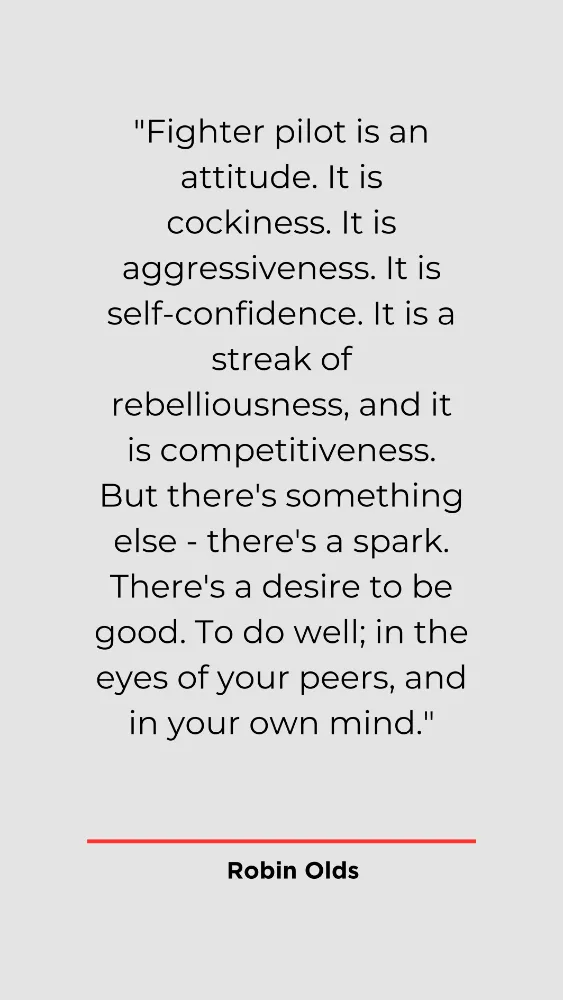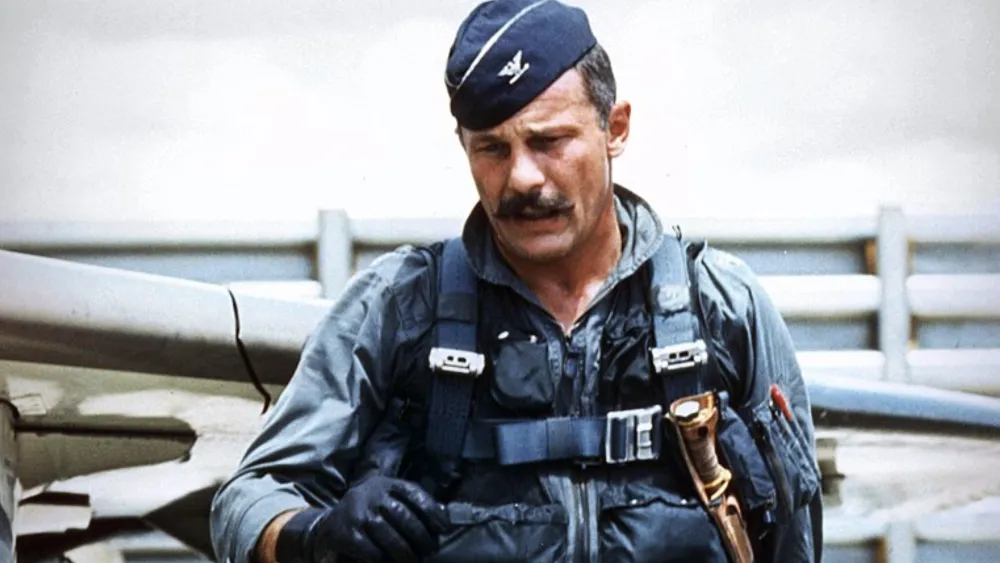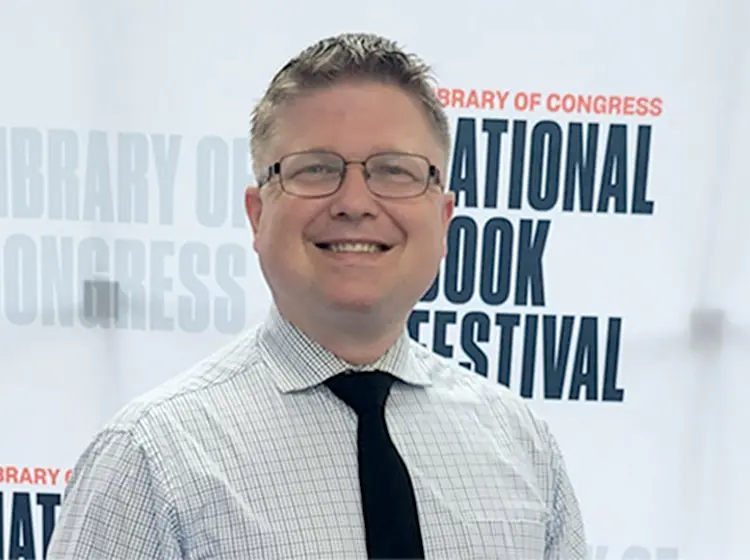Few individuals have had as much of an impact on aviation history as the illustrious Robin Olds. Robin Olds made his impact on aviation and beyond as a brilliant pilot, a compelling leader, and a genuine American hero. His distinguished career, daring fighting strategies, and devotion to his fellow troops make him an inspiration for future generations.
Aviation Legacy Begins
In the Hawaiian city of Honolulu, Robin Olds was born on July 14, 1922. His background in a military family, where his father, Major General Robert Olds, was a flying ace in World War I, probably sparked his interest in aviation. This piqued curiosity quickly turned into a passionate obsession that would influence his life development.
Olds graduated from the USMA at West Point in 1943 as a student there. He immediately began following his love of flying after receiving his degree. After completing his flying school, he made a name for himself as a skilled pilot, garnering experience in World War II and the Korean War.
While growing up in Langley Field, Virginia, Olds mostly interacted with the few officers regularly leading the United States. Major Carl Spaatz, who would become the first Chief of Staff of the USAF, was one of the neighbours in the Army Air Force during World War II. He developed an extremely high level of devotion to the Air Force.
His father took three-year-old Robin to court with him. Dressed him in an Air Service outfit and posed for press photographers before testifying on November 10, 1925. In support of Billy Mitchell at Mitchell’s court-martial in Washington, D.C.
Innovative Combat Tactics
Olds’ unique battle strategies have primarily defined his legacy. He established a ground-breaking method of air combat while leading the 8th Tactical Fighter Wing during the Vietnam War. He urged his pilots to fly in close formations to help one another and take down enemy aircraft precisely.
Frustrated by the elusive North Vietnamese MiG fighters, Olds developed the “MiG Sweep. This included deploying American aircraft to lure the MiGs into combat before pinning them down with superior firepower. This maneuver is one of his most well-known contributions to air warfare.
This technique, together with his focus on discipline and collaboration. Significantly increased the number of enemy aircraft downed, enhancing his reputation as an excellent strategist.
Robin Olds’ Unique Leadership Approach
Robin Olds was renowned for his charming and caring leadership style, in addition to his tactical expertise. He developed close relationships with the ground personnel and his fellow pilots. This won their respect and affection. He became a beloved figure among his peers due to his readiness to take command from the front lines, fight with his men, and defend their welfare.
The leadership of Olds went beyond the field of combat. He battled against prejudice and promoted racial integration in the military, fostering a more welcoming and varied atmosphere for all service personnel. His devotion to justice and equality demonstrated his love for both his nation and the values of fairness and integrity.
Reflecting on Robin Olds’ Illustrious Three-Decade Career
After a stellar career spanning more than three decades, Robin Olds left the Air Force in 1973. However, his legacy is still strong today. His contributions to combat strategies have had a long-lasting influence on the strategy used by the contemporary Air Force.
His management style inspires efficient and sympathetic leadership, resonating in the military and various leadership contexts.
Those who had the honor of serving with Robin Olds and those who have read about his exceptional life still carry his spirit in their hearts.
He is a role model for bravery, inventiveness, and teamwork. He motivates people to follow their interests tenaciously and leads with compassion and conviction.
Robin Olds and his Trailblazing Journey
General Olds finished second in Cleveland’s 1946 Thompson Trophy Race (Jet Division) while serving as the Air Force’s first jet acrobatic team wingman. He took part in the first transcontinental flight from March Field, California, to Washington, D.C., and back, which took place in June 1946 from dawn to nightfall.
He has served in squadron, base, group, and wing commander roles and staff posts at the Headquarters U.S. Air Force and the United States. In 1963, he earned his degree from the National War College.

Lasting Contributions and Inspirational Legacy
Olds underwent hospitalization in Colorado in March 2007 for Stage 4 prostate cancer-related problems. A month before turning 85, he passed away from congestive heart failure on the evening of June 14, 2007, in Steamboat Springs, Colorado.
On June 30, 2007, he was remembered with a flyover and rituals at the United States Air Force Academy, where his ashes are interred.
Nevertheless, his legacy lives on. He made significant contributions to military aviation and combat strategies that continue to influence how the current Air Force conducts conflict.
His leadership approach resonates both inside the military and in different leadership areas, serving as a model for efficient and sympathetic command. Those who had the good fortune to serve with Robin Olds and those who have read about his exceptional life continue to carry his spirit in their hearts.
He represents bravery, inventiveness, and teamwork, encouraging people to follow their dreams tenaciously and take charge with compassion and conviction.
Soaring Beyond Horizons
Robin Olds’s life is one of tremendous accomplishment and unrelenting commitment. His contributions to aviation, battle strategy, and leadership continually motivate new generations of pilots, soldiers, and leaders.
Olds is recognized as the Class Exemplar of the Academy Class of 2011. This had started Basic Cadet Training—the first step toward becoming Air Force officers—two days before Olds’ memorial service.
As we consider his legacy, we are reminded that great heroes are not just those who possess remarkable talent but also those who possess a strong sense of humanity and leave a lasting legacy.
It is indisputable proof of what it means to reach new heights in the sky, and in the hearts of those who remember him, Robin Olds’ legacy will remain for years to come.




